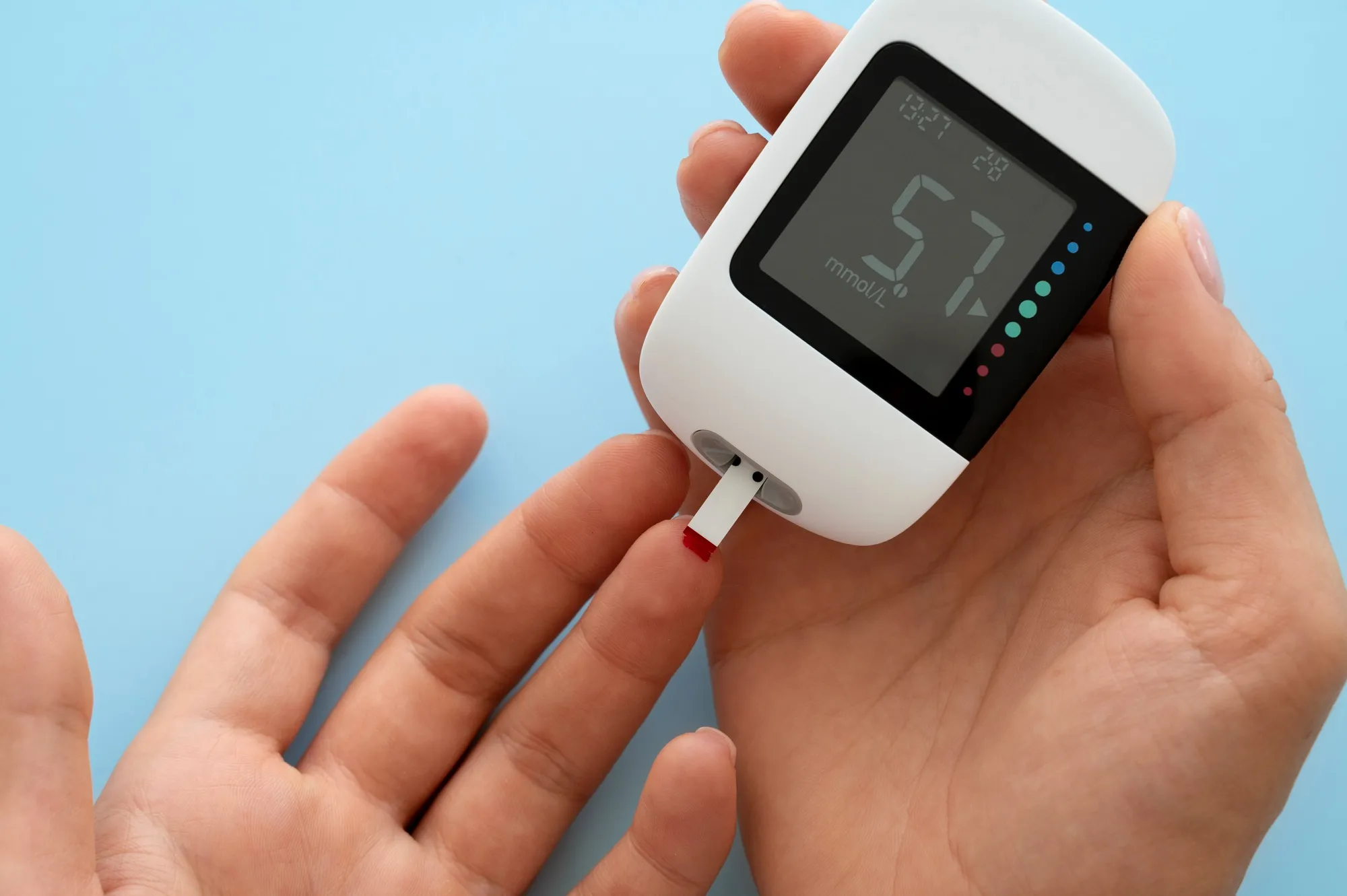In today’s fast-paced world, where technology seamlessly blends into the fabric of our daily lives, the integration of advanced sensors, wearables, and bioelectronics offers profound possibilities for personal health monitoring. Responding to this trend is a groundbreaking study published in “Scientific Reports”, which introduces the world to a fully-flexible, solution-processed, self-powered glucose indicator with potential applications that reach into the realms of medicine, agriculture, and consumer products. This technological marvel illustrates the crossroads of biocompatibility, convenience, and innovative electronic design.
The interdisciplinary team, led by Dr. Gymama Slaughter at Old Dominion University and the U.S. Naval Research Laboratory, unveiled this state-of-the-art device, a mere fraction of the size of current alternatives and capable of operation without external power sources or cumbersome electrical equipment. This pioneering technology was detailed in the 2019 paper entitled, “A Fully-Flexible Solution-Processed Autonomous Glucose Indicator,” bearing the DOI reference 10.1038/s41598-019-43425-x.
The Device’s Core Technology
At the heart of this innovative system is an enzymatic glucose fuel cell, a glucose sensor, and an LED indicator, all seamlessly integrated into a flexible biofuel cell. The indicator is fabricated with microbial nanocellulose, known for its biocompatibility, making it an ideal candidate for wearable applications. The result is a device that continuously monitors glucose levels, signaled through an LED, powered solely by the biofuel cell – a stark deviation from conventional systems reliant on batteries or external power.
Compact and Weighing Less than a Paperclip
Demonstrating ingenuity, the team’s device condenses its entire structure into a flexible decal no thicker than a few microns and measuring just a square centimeter. With a weight under 40 mg, roughly that of a paperclip, it offers unparalleled portability and ease of use for the end-user. The device’s compact form factor doesn’t impede its performance – the glucose indicator operates with high sensitivity within a glucose concentration range of 1 mM-45 mM, delivering an output of 1.8 VDC, sufficient to power the LED circuit.
A Promising Vision of Direct-Line-of-Sight Application
The presented research not only demonstrates the technical feasibility of this flexible glucose indicator system but also lays the foundation for its application in various fields. The team envisions leveraging biocompatible diffusing polymers as buffering diffusion barriers, conceivably paving the way for these devices to become low-cost, disposable, and direct-line-of-sight indicators. Such a leap forward could prove invaluable in scenarios where immediate visual verification of glucose levels is required, such as in emergency medical situations, or in ensuring the quality control in the food and beverage industry.
References
1. Gershenfeld, N., Krikorian, R., & Cohen, D. (2004). The internet of things. Scientific American, 291(4), 76-81. doi:10.1038/scientificamerican1004-76
2. Atzori, L., Iera, A., & Morabito, G. (2010). The internet of things: A survey. Computer networks, 54(15), 2787-2805. doi:10.1016/j.comnet.2010.05.010
3. Gubbi, J., Buyya, R., Marusic, S., & Palaniswami, M. (2013). Internet of Things (IoT): A vision, architectural elements, and future directions. Future generation computer systems, 29(7), 1645-1660. doi:10.1016/j.future.2013.01.010
4. Hsu, C. L., & Lin, J. C. C. (2016). An empirical examination of consumer adoption of Internet of Things services: Network externalities and concern for information privacy perspectives. Computers in Human Behavior, 62, 516-527. doi:10.1016/j.chb.2016.04.023
5. Zhan, Y., Mei, Y., & Zheng, L. (2014). Materials capability and device performance in flexible electronics for the Internet of Things. Journal of Materials Chemistry C, 2(8), 1220-1232. doi:10.1039/C3TC31765J
Keywords
1. Autonomous Glucose Indicator
2. Flexible Electronic Technologies
3. Self-Powered Bioelectronics
4. Wearable Health Monitoring
5. Biocompatible Sensor System
In conclusion, the research by Dr. Slaughter and her team marks a significant milestone in wearable health technology, promising a future where individuals can monitor their glucose levels simply and effectively. Their published article showcases a leap not only in innovation but also in practical utility, signifying a move towards a more connected, health-conscious world, further enhanced by the fast-growing Internet of Things ecosystem. The potential implications of such technology are vast, with the promise of transforming how we manage our health, improve our quality of life and streamline industry operations. It’s a glimpse into a future where technology transcends its physical limitations to become an integrated, almost invisible part of our everyday well-being.
